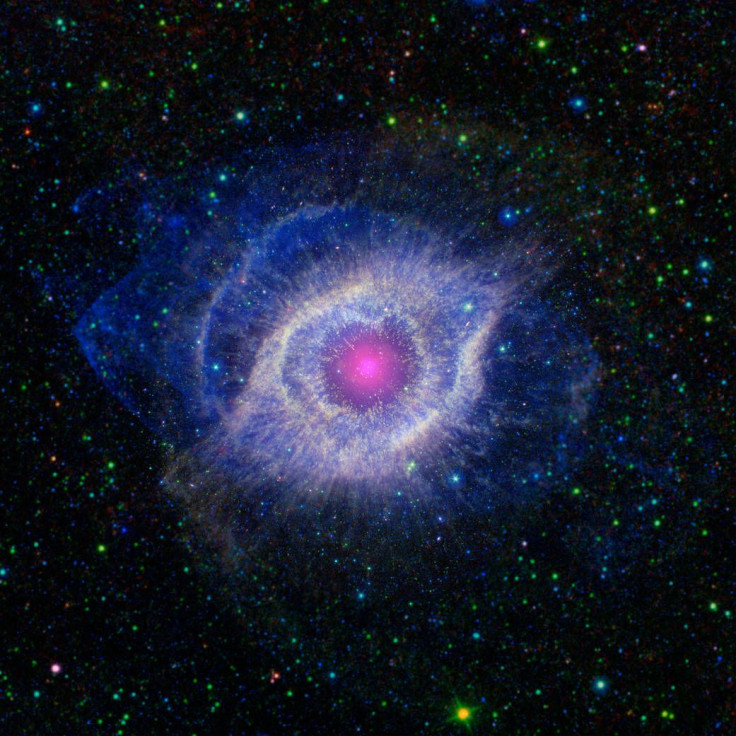NASA Snaps Photo Of Stunning 'Cosmic Amethyst' That's A Million Degrees Hot
KEY POINTS
- NASA released an image of a planetary nebula that looks like an amethyst
- The nebula, identified as IC 4593, is located 7,800 light-years away from Earth
- It is the most distant planetary nebula detected using NASA's Chandra X-ray Observatory yet
It looks like Earth isn't the only place one can find "amethysts." A new image released by NASA shows a dying star with a structure whose beauty is comparable with the appeal of these gems.
As stars continue to burn their fuel, they inevitably cast off their outer layers. This process then results in their core being shrunk.
Astronomers were able to find a bubble of ultra-hot gas at the center of one of these dying stars by using the Chandra X-ray Observatory, according to NASA's website. The discovered planetary nebula has been identified as IC 4593.
IC 4593 invokes similarities to amethysts found in geodes around the globe in the composite image due to the purple hue produced by X-rays from Chandra.
The pink and green colors in the composite image are visible light data from the Hubble Space Telescope. Cooler gas composed of nitrogen, oxygen and hydrogen overlapping with each other resulted in the pink regions surrounding the purple bubble, while nitrogen appears as the green emission in the photo.
The bubble at the center of the expiring star was formed after gas was heated to "over a million degrees." The high temperatures are believed to be produced by "material that blew away from the shrunken core of the star and crashed into gas that had previously been ejected by the star."
#News: On Earth, amethysts form when gas bubbles in lava cool under the right conditions. In space, some dying stars are capable of producing structures on par with the appeal of those beautiful gems. Planetary nebula IC 4593 is one of those treasures: https://t.co/qzXWoXqUS4 pic.twitter.com/OuQpwQmMKT
— Chandra Observatory (@chandraxray) November 12, 2020
"IC 4593 is what astronomers call a 'planetary nebula,' a deceptive-sounding name because this class of objects has nothing to do with planets. The name was given about two centuries ago because they looked like the disk of a planet when viewed through a small telescope," astronomers said on the space agency's website.
"In fact, a planetary nebula is formed after the interior of a star with about the mass of the Sun contracts and its outer layers expand and cool. In the case of the Sun, its outer layers could extend as far as the orbit of Venus during its red giant phase several billion years in the future," they continued.
IC 4593 is about 7,800 light-years away from Earth, making it the most distant planetary nebula detected using Chandra.
Earlier this month, the Chandra Observatory also shared an image of another planetary nebula on its Twitter account. NGC 7009, which also called the Saturn Nebula, is more than a light-year across.

© Copyright IBTimes 2025. All rights reserved.





















